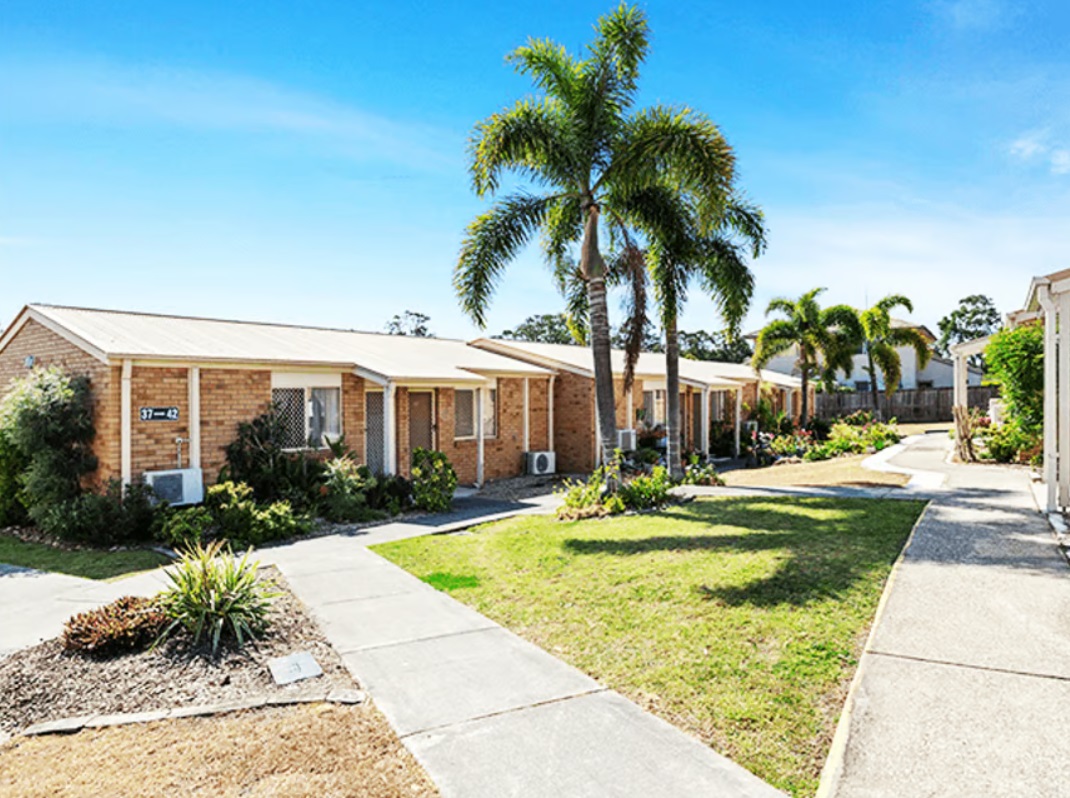The idea of Home Care is to provide in-home care that maintains a person's quality of life by helping them with their physical needs and daily activities to help older people continue living independently at home for longer. Home care is to maintain a person’s quality of life in their home by helping them with their physical needs and daily activities.
It might be for people who are getting older, are chronically ill, recovering from surgery or who have a disability. There are two sorts of services, supported by the government. They cover the spectrum of people who can or wish to stay at home.
Home Care might be for people who are getting older, are chronically ill, recovering from surgery or who have a disability.
Different Types of Home Care
-
Commonwealth Home and Community Care
Also known as CHSP, if you live and cope on your own and don't yet need higher levels of support, then this care type is perfect for you.
-
Support at Home
Support at Home is the largest form of government subsidised Home Care nationally. There are also subsidies available under certain categories which can be received in addition to Support at Home.
From November 1st, 2025
From 1 November 2025, the Australian Government’s new Support at Home Program will build on this approach by combining existing programs, such as the Home Care Packages and Commonwealth Home Support Programme, into one simpler and more flexible system. These changes aim to make it easier to understand your funding, compare providers, and tailor your care as your needs change — ensuring you stay independent and supported at home for longer.
You can choose the provider that best meets your needs and if you want, who supplies the services too (and they don’t always need to be services from your provider).
You also have the flexibility to shop around and change provider if you wish.
The provider must work in partnership with you to make sure you are getting the services you need.
Costs are more transparent with you receiving an individualized budget and monthly income and expenditure statements.
STEP 1
What is Home Care
Here we look at all the different types of Home Care offered nationally and how where you live could impact the type of home care you receive.
STEP 2
Support at Home
The Support at Home program allows older people to access a range of support and clinical services to help them stay at home and manage their day-to-day activities. They offer a higher level of care and service than the CHSP.
STEP 3
Aged Care Assessments
To receive Government funded aged care services, including in-home care under the Support at Home program, you must first be assessed. Aged care assessments are usually conducted in your home and are used for people who may need care at home.
STEP 4
Support at Home fee structure
Understanding the finances, government subsidy and your own cost contributions can be very complex and is something that varies from person to person...
STEP 5
Support at Home budgets
What classification your Support at Home is, determines how much funding is available. Knowing how this funding is spent is really important. Here we cover administration costs, management costs, service costs and more.
STEP 6
Search Support at Home providers
A service provider is an organisation or company, or even an individual who provides a service. It is these services that shape your Support at Home care.
STEP 7
Understanding Service Providers
You may wish to use a service provider that is separate to your Support at Home provider. For example, you may have a service provider you have used before that you know and trust.
STEP 8
Care Management Plan
Your Support at Home Provider should take into account any support you already have in place. Support at Home care is intended to meet needs that are not already being met by these other supports.
STEP 9
Support at Home Service Agreement
The Service Agreement sets out everything about your Support at Home Package including costs, care management, services and any extras. We outline all the crucial parts in the below section.














